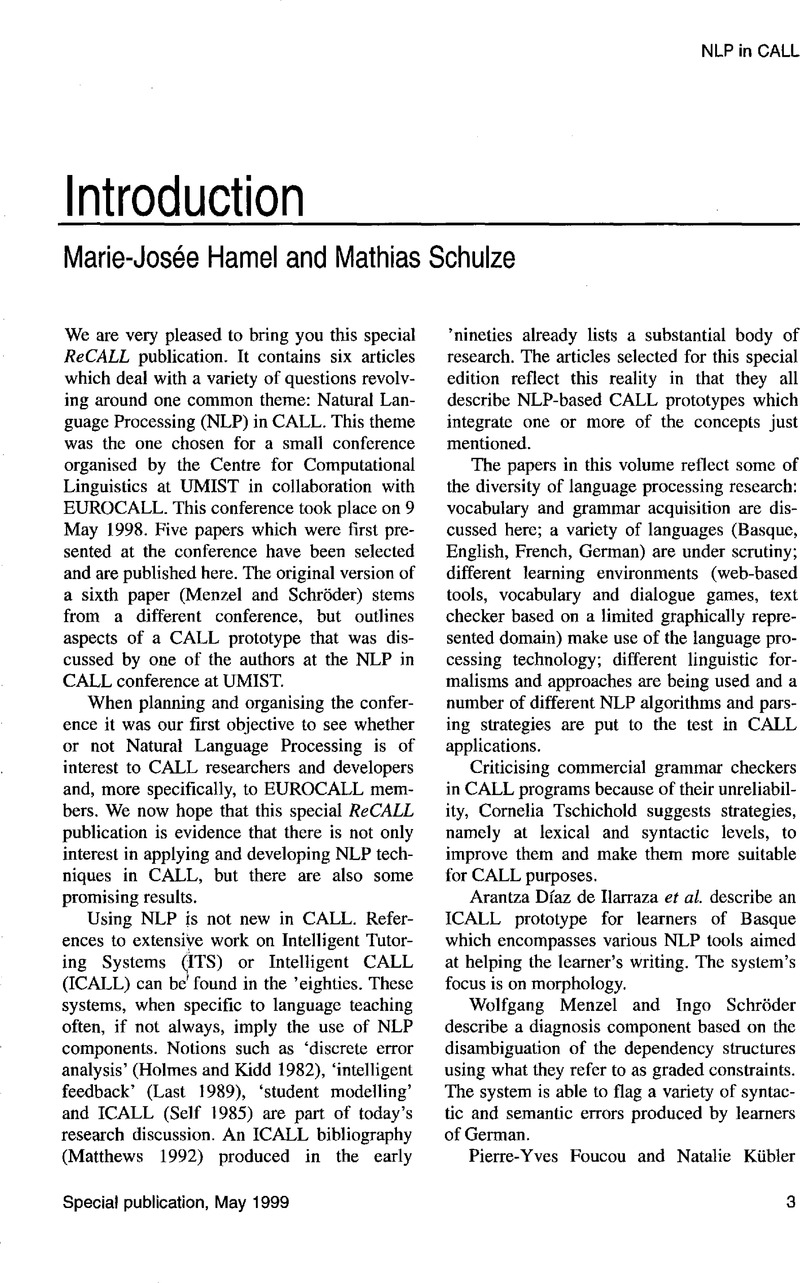Crossref Citations
This article has been cited by the following publications. This list is generated based on data provided by Crossref.
de Oliveira, Marco Alexandre
2016.
Bashō In Brazil, or Zen and the Art of Concrete Poetry.
Comparative Literature,
Vol. 68,
Issue. 3,
p.
332.



